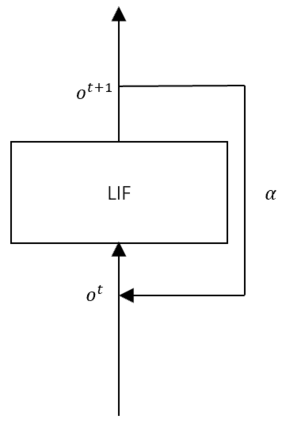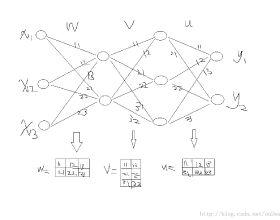The spiking neural network (SNN) mimics the information processing operation in the human brain, represents and transmits information in spike trains containing wealthy spatial and temporal information, and shows superior performance on many cognitive tasks. In addition, the event-driven information processing enables the energy-efficient implementation on neuromorphic chips. The success of deep learning is inseparable from backpropagation. Due to the discrete information transmission, directly applying the backpropagation to the training of the SNN still has a performance gap compared with the traditional deep neural networks. Also, a large simulation time is required to achieve better performance, which results in high latency. To address the problems, we propose a biological plausible spatial adjustment, which rethinks the relationship between membrane potential and spikes and realizes a reasonable adjustment of gradients to different time steps. And it precisely controls the backpropagation of the error along the spatial dimension. Secondly, we propose a biologically plausible temporal adjustment making the error propagate across the spikes in the temporal dimension, which overcomes the problem of the temporal dependency within a single spike period of the traditional spiking neurons. We have verified our algorithm on several datasets, and the experimental results have shown that our algorithm greatly reduces the network latency and energy consumption while also improving network performance. We have achieved state-of-the-art performance on the neuromorphic datasets N-MNIST, DVS-Gesture, and DVS-CIFAR10. For the static datasets MNIST and CIFAR10, we have surpassed most of the traditional SNN backpropagation training algorithm and achieved relatively superior performance.
翻译:Spinking 神经神经网络( SNNN) 正在模仿人类大脑的信息处理操作, 代表并传输包含丰富空间和时间信息的高级列列中的信息, 并显示许多认知任务方面的优异性能。 此外, 由事件驱动的信息处理可以使神经畸形芯片的节能实施。 深层学习的成功与反向演进是密不可分的。 由于信息传输离散, 直接对 SNN的训练应用回向反向反射, 与传统的深层神经网络相比, 仍然存在性能差距。 此外, 还需要大量模拟时间才能实现更好的性能, 从而导致高度的悬浮性能。 为了解决问题, 我们提出一个符合生物学的、 合理的空间调整, 重新思考mbrambranne 潜力和峰值之间的关系, 并实现向不同的时间步骤调整。 并且精确控制空间维度错误的反向反向反向演化。 其次, 我们提出一个生物上合理的时间调整, 使时间级偏差在时间层面的上升, 克服了时间依赖性的问题, 从而克服了传统神经神经神经结构的单振动周期的单变变变变变变变的神经网络的一次性时间。 我们的性能的性能, 也验证了我们的实验性能结果。






